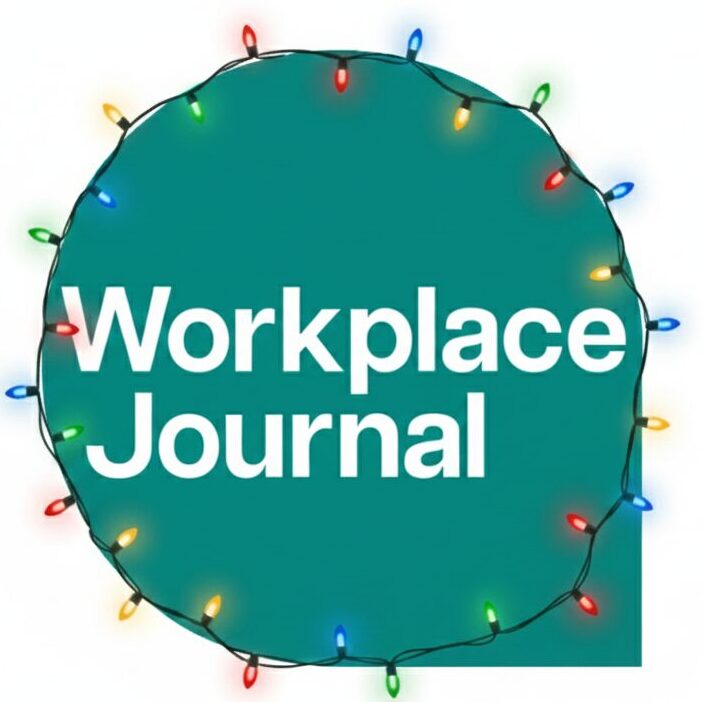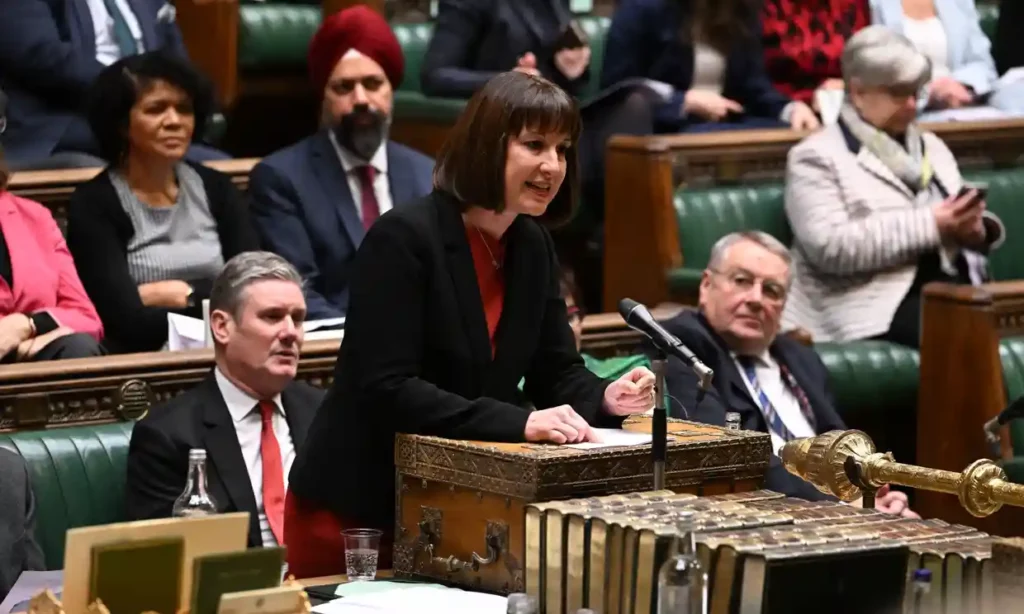The rise in employer National Insurance contributions (NICs) from 13.8% to 15% will threaten independent schools’ ability to provide pensions for teachers, warns Hymans Robertson.
The rise in costs for schools is now four-fold, including an increased cost of pension schemes, school fees becoming subject to VAT and the removal of charitable business rate relief as well as the increased NICs.
In April 2024, the Teachers’ Pension Scheme (TPS) and Scottish Teacher’s Pensions Scheme (STPS) costs increased by circa 20% for TPS and 11% for STPS.
Benefits earned by teachers remained unchanged; Hymans Robertson warned that schools are now paying more for their teachers to receive the same benefits.
The statistics suggested that many independent schools have started assessing their pension options.
For a teacher being paid £40,000 in England, the rising cost of the TPS and NI hike will result in an additional cost of £2,985 per teacher each year in April 2025 compared to costs in March 2024 – a significant increase.
This figure does not include any considerations around the VAT introduction and business rate change.
Hannah English, head of DC Corporate Consulting at Hymans Robertson, said: “Independent schools are facing a blend of financial pressure which will be implemented within the space of a year – an overwhelming cost to many schools.
“The key elements of this quadruple whammy are the rise in employer NI, the c.20% and c.11% rise in TPS and STPS costs respectively, VAT introduction on school fees and scrapping of charitable business rates.
“The implications for teacher’s pensions are huge.
“We have consulted with many schools who have opted out the TPS/STPS, as they begin to question whether the scheme continues to represent good value for money.
“Other decisions taken by schools include a mixed economy solution, where current hires remain in TPS/STPS while alternative pension arrangements are made for new hires, or a ‘total reward solution’ where teachers are given the choice of opting out of TPS/STPS into a DC scheme or staying in TPS/ STPS with a reduction in pay.
“For schools, rising pension costs are just one of four significant costs that will have increased in the year to April 25.
“It’s impossible to tell at this stage whether any of these costs constitute the proverbial straw that broke the camel’s back, but what’s certain is that the straw has already begun to pile up.”

















